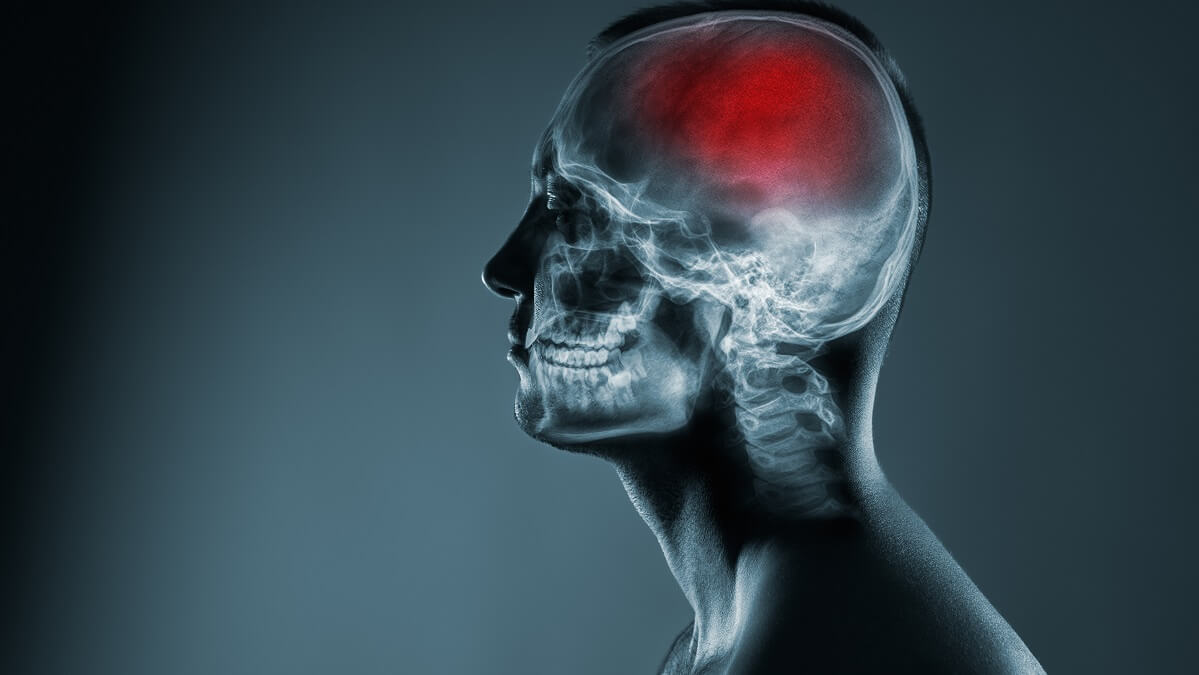Strokes might be something we tend to associate most with older generations, but some figures are painting a different story – and quite an alarming one.
The average age of suffering a first stroke has declined fairly rapidly over the past decade, with more than a third of first-time strokes now occurring in people aged between 40 and 69.
To make matters worse, many middle-aged men and women aren’t even aware they could be at risk, or know the warning signs.
Types of stroke
A stroke is a serious, life-threatening medical condition that happens when blood supply to part of the brain is cut off – either due to a blockage in an artery (ischaemic stroke), or a leaking or burst blood vessel (haemorrhagic stroke).
When it comes to spotting the signs and getting help, time is crucial. No matter your age, experts stress that urgent medical action is always required in the event of a stroke, and the sooner a person receives treatment, the less damage is likely to happen.
Research suggests that around 1.9 million nerve cells in the brain are lost every minute that a stroke is left untreated, which can result in slurred speech and paralysis.
How to spot the signs
The FAST (Face, Arms, Speech, Time) acronym has featured in stroke awareness campaigns for a number of years now and is a simple way to help people identify the most common warning signs. If you think someone might be having a stroke, check the FAST signs.
Face: Has their face fallen on one side? Can they smile?
Arms: Can they raise both arms and keep them there?
Speech: Is their speech slurred? Do they understand you?
Time: Time to call 000.
Calling 000 as soon as you see even one of the symptoms develop – in the face, arms and speech – is essential. Every minute counts and knowing when to call 000 will make a significant difference to someone’s recovery and rehabilitation.
Thankfully, strokes are often preventable, and adopting some healthy lifestyle tweaks can make a significant difference to your long-term risk of suffering one.
If you’ve had a stroke in the past, these measures are particularly important, because your risk of having another stroke is greatly increased. Addressing these five key lifestyle factors could help ward off stroke.
1. Maintain a healthy weight and diet
Research shows that being obese increases your chances of having a stroke related to a blood clot by 64 per cent, so taking sensible steps to maintain a healthy weight is important.
Eat a balanced diet packed with plenty of fruit and veg, and enjoy treats and high-fat foods in moderation. If you’re overweight, even small changes to your eating habits, such as eating smaller portions, can help – research has found that losing as little as 5kg can have a big impact on your risk.
2. Quit smoking
As well as being bad for your wallet and your lungs, smoking significantly increases your risk of stroke. Cigarettes damage the lining of your arteries, increasing the chance of a blood clot and raising your blood pressure.
Studies have found that a smoker with high blood pressure is 15 times more likely to have a subarachnoid haemorrhage than those who have never smoked.
3. Cut down on alcohol
Alcohol contributes to a number of conditions that can increase your risk of stroke, so it’s important not to drink more than the recommended limit on a regular basis.
Healthy men and women should drink no more than 10 standard drinks a week and no more than four standard drinks on any one day. The less you drink, the lower your risk of harm from alcohol.
A study published in the journal Stroke found that people who average more than two drinks a day have a 34 per cent higher risk of stroke, compared to those whose daily average amounts to less than half a drink.
4. Cut down on salt
Eating too much salt can contribute to high blood pressure, which is linked to conditions such as heart failure and heart attack, kidney problems, fluid retention, stroke and osteoporosis.
Official guidelines suggest adults should consume no more than 5g of salt per day, but the trouble is, much of the salt we consume is ‘hidden’ in processed foods such as sauces, bread, cereals and takeaways. So, if you’re also sprinkling salt on your meals, you could be consuming way too much.
5. Get plenty of exercise
Reducing your chance of having a stroke could be as simple as going for a gentle daily jog or walk, or making more of your gym membership.
Research from the Stroke Association shows that regular, moderate exercise can reduce your risk of stroke by 27 per cent – and every little bit helps.
If you can manage it, aim to do at least 30 minutes of moderate physical activity, five or more times a week – but any form of movement is better than none. If you’re not a fan of the gym, try to find an outdoor hobby you enjoy, as you’ll be more likely to stick with it in the long term.
Do you know someone who has had a stroke? How much exercise do you get each week? Do you track how many units of alcohol you consume?
– With PA
Read: Could the suburb you live in be an indicator of stroke risk?

